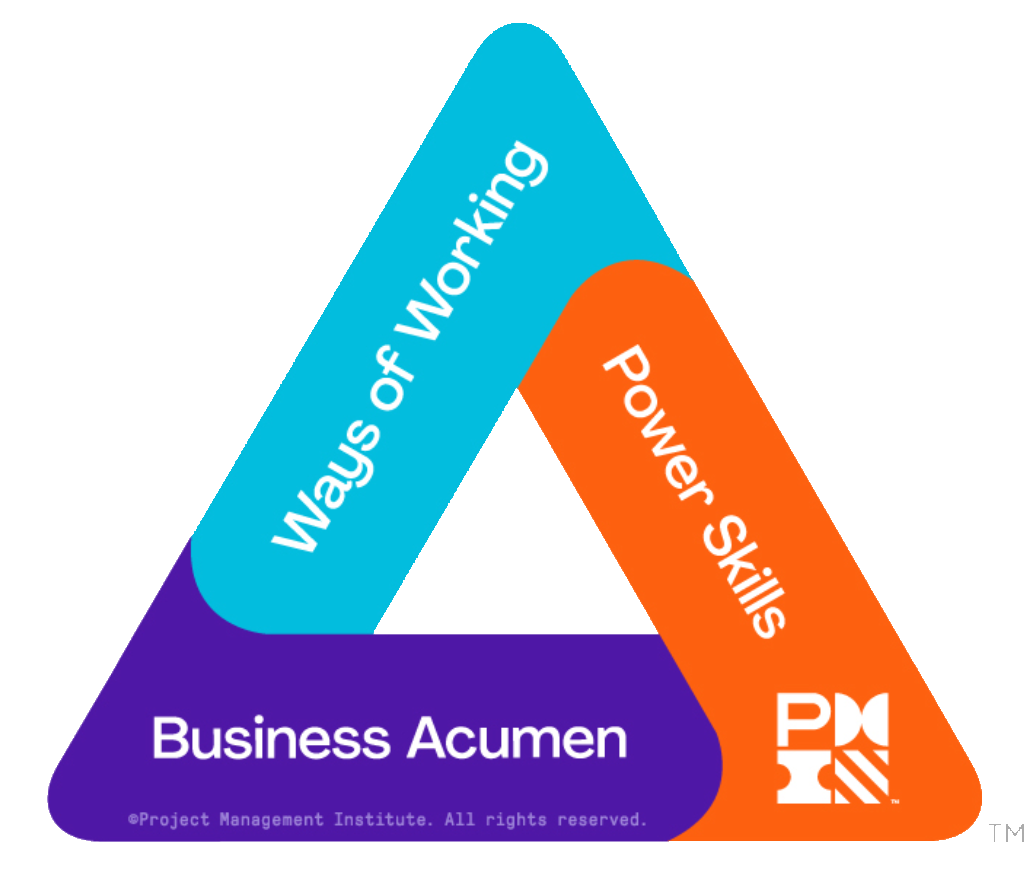
Interface management is the management of communications, relationships, and deliverables among two or more interface stakeholders. Research conducted by the Construction Industry Institute (CII) indicates that effective interface management increases stakeholder alignment, improves real-time visibility, and proactively mitigates risk. Improve the outcomes of your construction projects and master the essential skill of interface management with this course. This course is part PMI's recommended series of courses to prepare for its PMI Construction Professional (PMI-CP) certification exam.
The recommended courses in this series are:
At the end of this course, participants will be able to:
This course is designed for individuals intending to write the PMI Construction Professional (PMI-CP) exam. Eligibility to write this certification exam requires 3 years of construction experience within the most recent 10 years.
There is no prerequisite for this course.
Participants will gain access to digital course materials provided directly by PMI, including the aforementioned assessment.
Interface Management in Built Environment Projects
Interface Management (IM) is the management of communications, relationships, and deliverables among two or more interface stakeholders. Research conducted by the Construction Industry Institute (CII) indicates that IM implementation increases stakeholder alignment, facilitates communication across the project, improves real-time visibility and oversight, and proactively mitigates risk. The topic covers the importance of IM applied to Built Environment projects, highlighting the importance of a controlled environment to manage communication among vendors in large and megaprojects.
Interventions throughout the Project Lifecycle
The Interface Management (IM) methodology allows the project to standardize processes, tools and templates, all whilst optimizing communication. This is particularly beneficial when working with multiple contractors, sub-contractors, and clients. This topic covers the benefits that the adoption of the IM Maturity Model and the monitoring of ongoing work bring to Built Environment projects, addressing the various factors that contribute to the success of a project. The topic also defines how interfaces should be managed.
Attributes for a Good Interface
Despite the growing need for Built Environment projects, the industry previously had no commonly agreed-upon definitions for IM and its elements. This topic covers the fundamental elements for Interface Management developed by the Construction Industry Institute (CII) and the IM best practices recommended.
Interface Management Tools and Design Processes
Technology can support the Interface Management implementation process by improving efficiencies and eliminating waste. This topic covers the technology tools that address the requirements for each IM maturity level, which includes the Master Interface Plan (MIP), Interface Management Spreadsheet, Interface Control Document, and Interface Management Software. The topic particularly looks into tools such as Interface Connect, Aconex and Assai’s software, and their offerings.
How to Effectively Manage Interfaces
To effectively manage interfaces and implement IM at an organizational and project level, standard IM processes can be implemented as workflows, and executed through a workflow engine. This topic covers IM implementation and its particularities, such as costs and costs benefits, its relationship with Project Performance, and the various stages associated with how IM is implemented in organizations or on projects using project-level processes and procedures. The topic also presents the roadmap that summarizes IM implementation throughout the project life-cycle, which can be applied as a guide to all projects.
Capabilities Needed for Interface Management
To effectively manage interfaces at scale, the key parties involved require a certain level of capability across many core competencies. This topic covers the ideal structure and roles in an effective Interface Management team, presents the Interface Management Competencies Matrix, and details the Stages of Maturity needed for qualified people and practitioners. The topic also discusses interface communication – including Interface Agreements and the seven-step communication process – and examines the hierarchy of interfaces, as well as the three levels of project interfaces where communication between stakeholders arise.
Course ID: 1223
Course Level: Beginner
Duration: 1 day
![]()
![]()
 The following table provides the breakdown of the professional development units (PDUs) for this course aligned with the PMI Talent TriangleTM.
The following table provides the breakdown of the professional development units (PDUs) for this course aligned with the PMI Talent TriangleTM.
| WoW | PS | BA | |
| PMP | 4.5 | 4.75 | 4.75 |
| PgMP | 4.5 | 4.75 | 4.75 |
| PfMP | 0 | 4.75 | 4.75 |
| PMI-ACP | 3 | 4.75 | 4.75 |
| PMI-SP | 2 | 4.75 | 4.75 |
| PMI-RMP | 2 | 4.75 | 4.75 |
| PMI-PBA | 4.5 | 4.75 | 4.75 |
The three columns in the above table are Ways of Working, Power Skills & Business Acumen.
Other professional (re)certification credits are available, including: